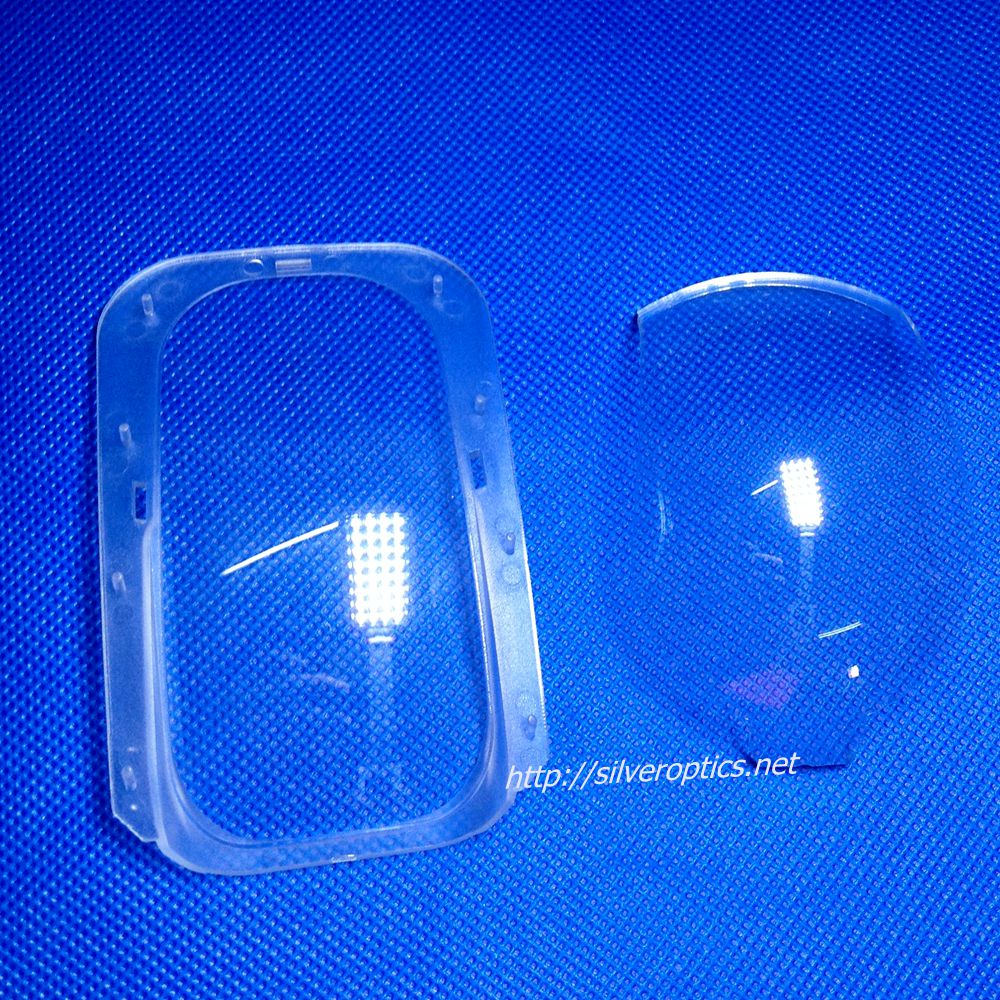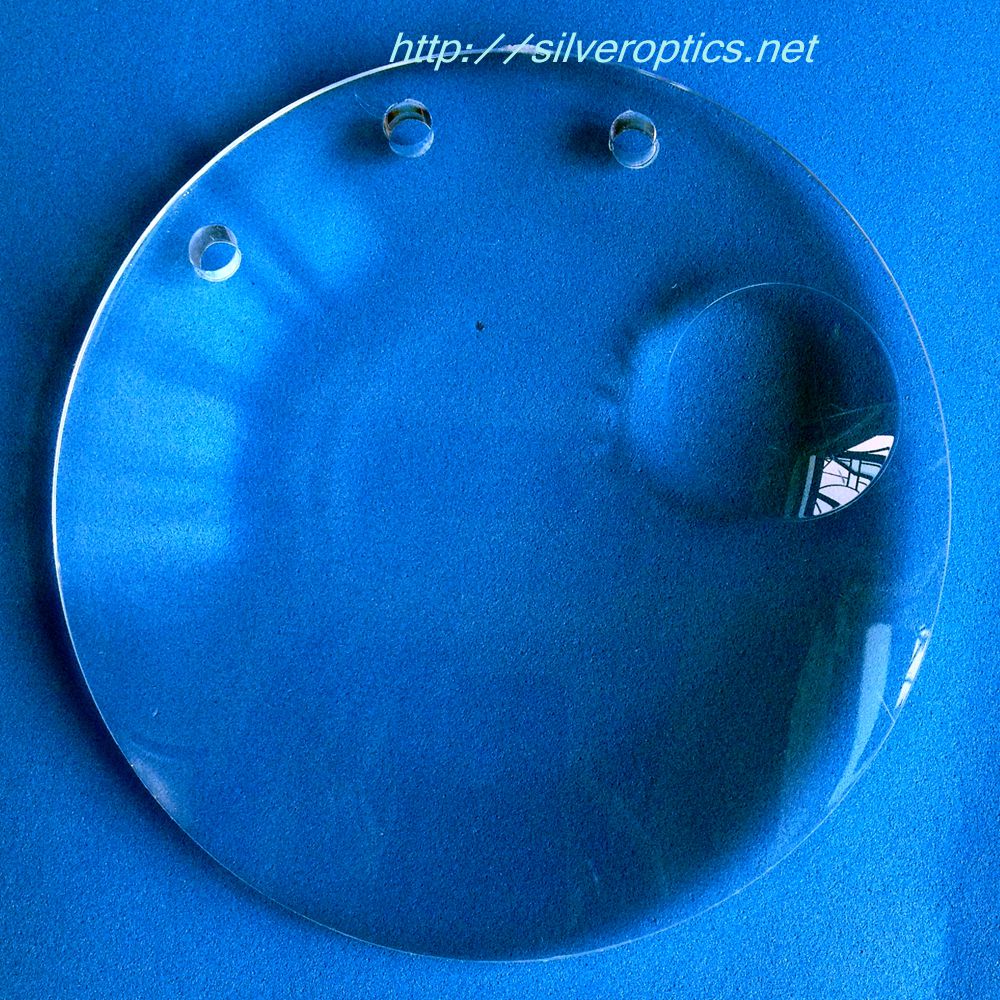望远镜镜头
Telescope lenses, often referred to simply as telescope optics or telescope lenses, are the primary optical components of a telescope responsible for gathering and focusing light from distant objects. Telescopes come in various designs, but they all rely on lenses or mirrors to form an image of celestial objects.
询问- 规格
- 特征
- 应用
- 下载
Telescope lenses, often referred to simply as telescope optics or telescope lenses, are the primary optical components of a telescope responsible for gathering and focusing light from distant objects. Telescopes come in various designs, but they all rely on lenses or mirrors to form an image of celestial objects.
There are two main types of telescope designs based on the primary optical element:
1. **Refracting Telescopes (or Refractors):** Refracting telescopes use lenses to gather and focus light. The primary lens, also known as the objective lens, is responsible for gathering incoming light and forming an image at the focal plane. A second lens, called the eyepiece, magnifies and projects this image for viewing by the observer. The quality of the objective lens is crucial for the performance of the telescope, as it determines factors such as light-gathering ability, image sharpness, and chromatic aberration correction. Refracting telescopes are commonly used for terrestrial and astronomical observations.
2. **Reflecting Telescopes (or Reflectors):** Reflecting telescopes use mirrors instead of lenses to collect and focus light. The primary mirror, located at the bottom of the telescope tube, reflects incoming light to a secondary mirror, which in turn directs the light to the eyepiece or sensor at the side of the telescope. Reflecting telescopes offer advantages such as larger aperture sizes for a given cost and fewer issues with chromatic aberration compared to refracting telescopes. They are widely used in astronomy for observing distant celestial objects.
Telescope lenses, whether they are part of a refracting or reflecting telescope, come in various sizes and configurations depending on the specific design and intended application of the telescope. Factors such as aperture size, 焦距, and optical quality play crucial roles in determining the performance and capabilities of a telescope.
此外, some advanced telescopes may incorporate specialized lenses or lens coatings to enhance image quality, reduce aberrations, or enable specific types of observations, such as narrowband filters for astrophotography or adaptive optics systems for correcting atmospheric turbulence.
Telescope lenses, often referred to simply as telescope optics or telescope lenses, are the primary optical components of a telescope responsible for gathering and focusing light from distant objects. Telescopes come in various designs, but they all rely on lenses or mirrors to form an image of celestial objects.
1. **Refracting Telescopes (or Refractors):** Refracting telescopes use lenses to gather and focus light. The primary lens, also known as the objective lens, is responsible for gathering incoming light and forming an image at the focal plane. A second lens, called the eyepiece, magnifies and projects this image for viewing by the observer. The quality of the objective lens is crucial for the performance of the telescope, as it determines factors such as light-gathering ability, image sharpness, and chromatic aberration correction. Refracting telescopes are commonly used for terrestrial and astronomical observations.
2. **Reflecting Telescopes (or Reflectors):** Reflecting telescopes use mirrors instead of lenses to collect and focus light. The primary mirror, located at the bottom of the telescope tube, reflects incoming light to a secondary mirror, which in turn directs the light to the eyepiece or sensor at the side of the telescope. Reflecting telescopes offer advantages such as larger aperture sizes for a given cost and fewer issues with chromatic aberration compared to refracting telescopes. They are widely used in astronomy for observing distant celestial objects.
Telescope lenses, whether they are part of a refracting or reflecting telescope, come in various sizes and configurations depending on the specific design and intended application of the telescope. Factors such as aperture size, 焦距, and optical quality play crucial roles in determining the performance and capabilities of a telescope.
此外, some advanced telescopes may incorporate specialized lenses or lens coatings to enhance image quality, reduce aberrations, or enable specific types of observations, such as narrowband filters for astrophotography or adaptive optics systems for correcting atmospheric turbulence.
PDF英文版 - IR 450-80-XZ 数据表
PDF英文版 - 红外工程 400
PDF英文版 - 订购指南 400 系列
PDF英文版 - 备件 - 灌溉
PDF英文版 - IR-450-80-XZ 国际移民组织











